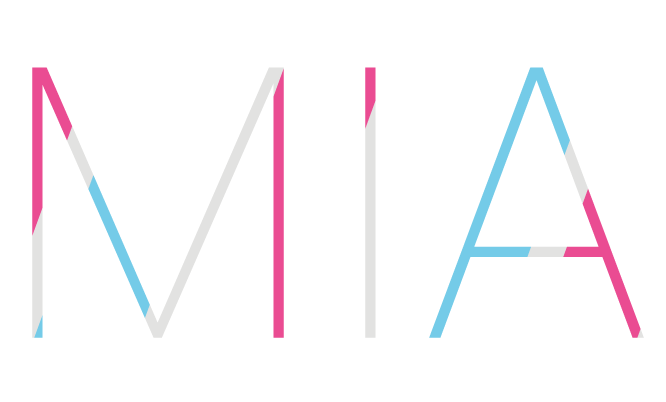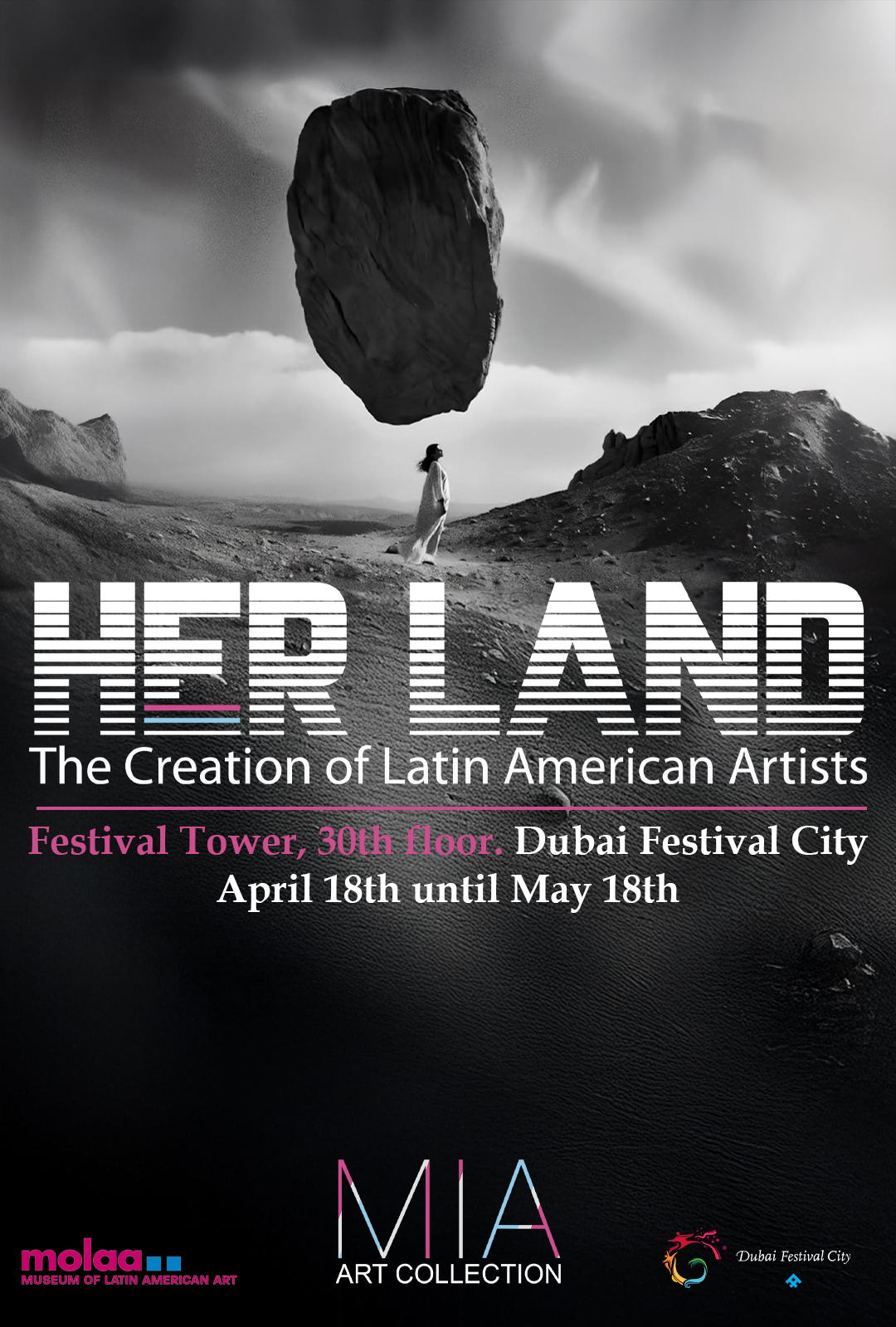Jana Ugaz (Lima, 1990) is an artist and cultural manager, with experience in the production and curation of art exhibitions, application and participation of galleries in international art fairs, coordination of film festivals, literary meetings, talks and other events. cultural, both in Peru and abroad. By Bastian Marin, June 25th

1.How was your passion for art born? What inspires you?
I am an artist too, and for that reason, my searches have always been about games with textures, the craft of the creative process itself and this almost obsession I have with patterns, stains, and what we can imagine finding in them. I think what inspires me is the ability to find beauty in the smallest or most everyday.
2. What has it meant in your life to be a curator and to work in the art world?
Actually I have entered the world of curatorship very intuitively… I have already been working as a cultural manager for 5 years and in that process, as it usually happens in culture, I have done a little of everything. So I started little by little assisting with editing decisions, then writing reviews, then already selecting portfolios, works and then doing it all together. I think I’m just starting to define the axes that interest me as a curator and I like the idea of trying and enjoying that process of discovering it.
3. How do you see the presence and development of women artists in Peru?
I think the inverse proportion that exists between the number of female art students who graduate annually and the representation that we later see of them in museums, galleries, collections or fairs is international. Peru is not the exception. We must also add the gap in sales prices and specific abuse scandals (of power, and others) within the art scene.
Fortunately, self-convened collectives, committed agents and pronouncements are emerging from the artist community that hint at a path to change. It should be kept in mind in any case, the use of quotas or positions that more than a structural change only seek to align superficially.
4. “Herencias Colaborativas” is the exhibition presented by Bloc Art Perú in conjunction with MIA. How does this originate and why that name?
Brenda from BLOC Art summoned me to work and propose a curatorial line among the artists she works with, with the freedom to invite others. It has been a different experience, since normally within the curatorial process I would have looked for the artists, visited their studios and talked about their works in person. That, due to the context, has been impossible, but it seemed just interesting to me, to be able to rethink works that had not been produced in the midst of the pandemic, from a perspective that does contemplate it. There is a new filter that seems to me to affect everything we write, think, do, from now on and for a while … I am intrigued to know how this will affect the new production of the artists … and from my point of view – external – I have found in the selected artists an awareness of creation; as humans, women, artists, daughters, granddaughters, which seemed to me pertinent or hopeful in the midst of so much desolation following the Covid-19.
5. Based on your perspective, what is the importance of MIA Art collection in the art world?
In general, it is very important that international platforms and bridges are created for the visibility of artists. Even more if they feel accessible and democratic, not unattainable as so many tend to be. That they exist specifically for female artists is not only valuable but necessary. The collaborations between Mia Art Collection and other platforms around the world leave the conversation open for new collaborations to be woven, between other artists, other platforms, other curators … I think that is the idea. Today more than ever we have tools at hand that allow us to stay connected, and you have to use them!

